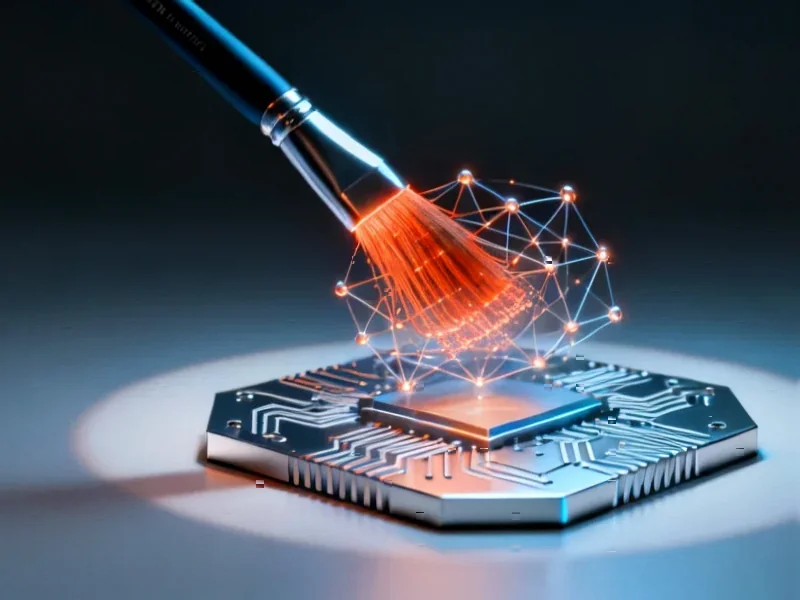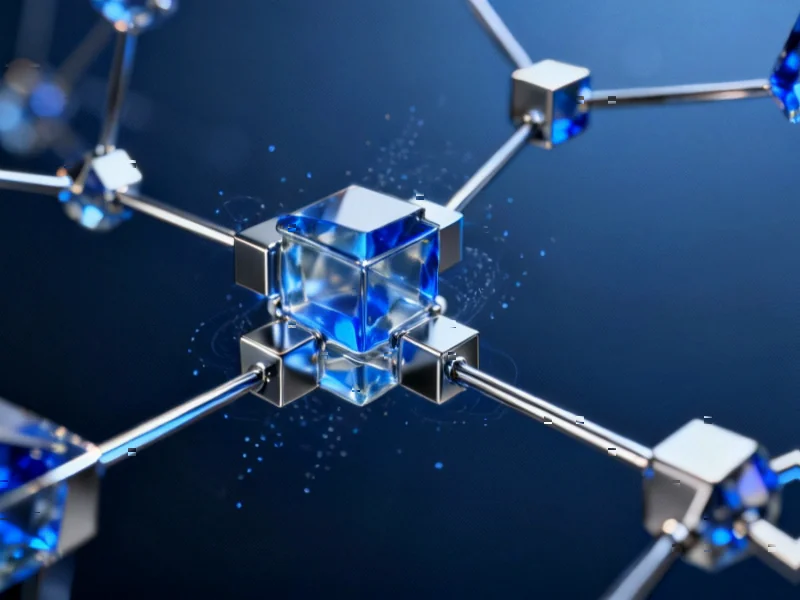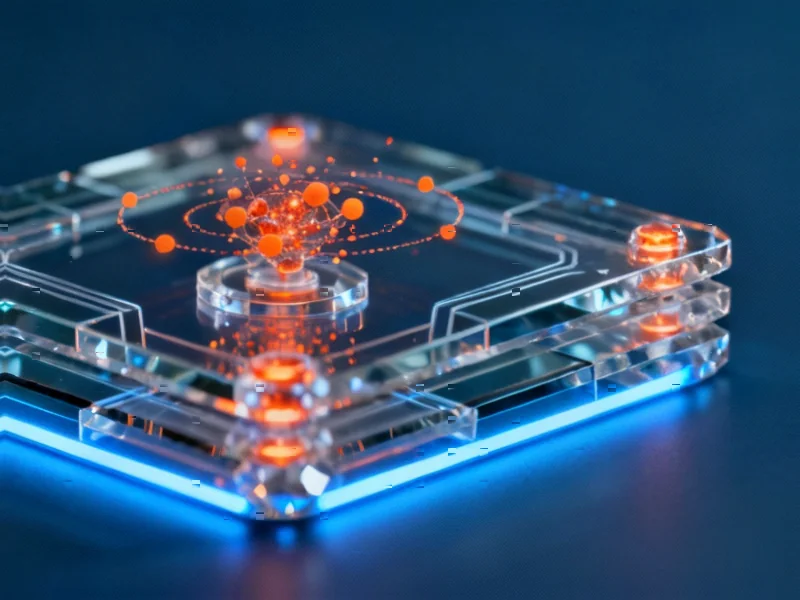Electronic Arts is making a major bet on artificial intelligence to transform how games are created. The gaming giant has partnered with Stability AI, the company behind the popular Stable Diffusion image generation models, to co-develop generative AI tools specifically for game development workflows.
Table of Contents
The AI-Assisted Development Vision
According to the partnership announcement, EA and Stability AI will collaborate on creating systems that could fundamentally change how game artists, designers, and developers work. The initial focus will be on generating Physically Based Rendering materials—those highly detailed textures that make surfaces like metal, wood, and fabric look realistic under different lighting conditions. Eventually, the companies plan to experiment with systems that can pre-visualize entire 3D environments from simple text descriptions.
EA executives have positioned this as an efficiency play rather than a replacement strategy. “AI can draft, generate, and analyze, but it can’t imagine, empathize, or dream,” the company stated in its announcement. “That’s the work of our artists and storytellers.” The official line suggests these tools will supercharge creativity rather than eliminate creative roles.
Developer Skepticism Emerges
Meanwhile, the reception among developers appears considerably more mixed. Reports indicate that even within EA’s own studios, there’s significant wariness about integrating generative AI into production pipelines. According to sources familiar with internal discussions, the concerns extend beyond job security to practical workflow issues.
Developers reportedly describe the current state of AI tools as creating more work rather than less. The technology’s tendency to “hallucinate”—producing broken or inconsistent assets—often requires extensive manual correction. One developer characterized the situation to Business Insider as “effectively training their replacement” while dealing with tools that frequently complicate rather than streamline their work.
This creates an interesting tension between corporate optimism and ground-level reality. While EA promises AI will serve as a creative boost, the actual experience of developers suggests the technology’s implementation remains messy and potentially counterproductive in its current form.
Industry Implications
The partnership represents a significant milestone in how AI is moving from auxiliary tool to core creative engine in game development. For gamers, this could eventually translate to faster release cycles for popular franchises and more detailed, dynamic game worlds. The technology could potentially enable smaller studios to achieve production values previously reserved for AAA titles with massive art teams.
EA gains early access to Stability AI’s latest research, positioning the publisher at the forefront of AI-assisted content creation. The collaboration could reshape not just how games look but how quickly they can be developed and iterated upon.
Still, the human element remains crucial. As one industry analyst noted, “The success of this initiative will depend entirely on whether these tools actually empower developers or simply add another layer of complexity to an already challenging creative process.”
EA may be betting big on AI to power the future of game development, but the revolution appears to be meeting some resistance from the very people it’s supposed to help.
Related Articles You May Find Interesting
- Microsoft Confirms Halo Franchise Going Multiplatform, Starting With PS5
- German Companies Forced to Share Supply Chain Secrets With China
- Zed Editor Challenges VS Code Dominance with Rust-Powered Performance
- EquipmentShare Bonds Plunge Amid Boardroom Fraud Allegations
- LosslessCut 3.66.1 Delivers Major Performance Boost with FFmpeg 8.0 Upgrade



